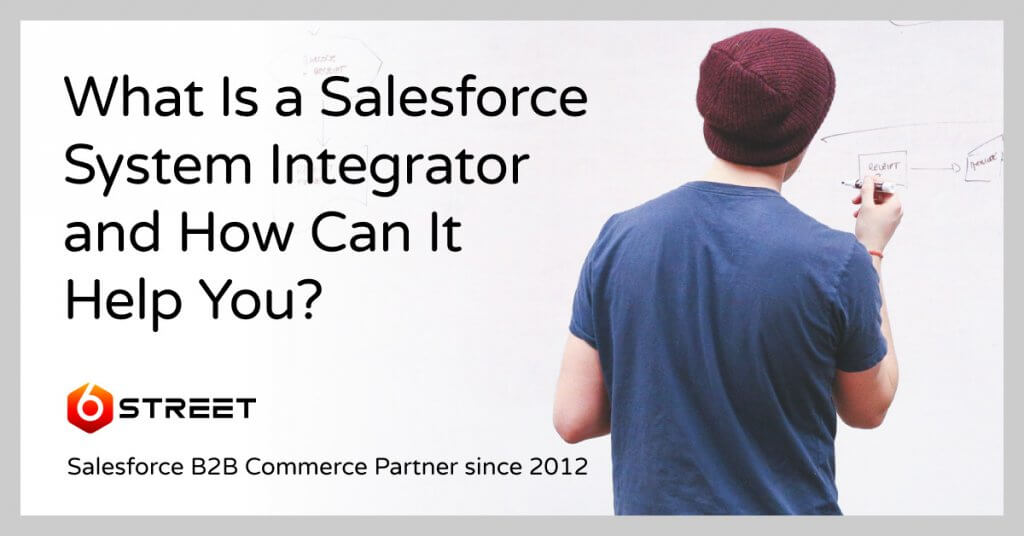Cloud Technology started as a form of storage. A new form of non-physical storage. But now it is a key component of business intelligence offering solutions as mission-critical systems.
These mission-critical systems play an integral part in business, with all companies using at least one form of system. But the one system seeming to take over is Salesforce.
Salesforce is an adaptable platform that works with other systems to increase productivity, but that’s not all. Keep reading as we give insight into the power of Salesforce and what integrating a Salesforce system means for you.
What is Salesforce?
In its simplest terms, Salesforce is a cloud-based software. Salesforce started as a CRM, or customer relationship management, software. However, now it offers other useful salesforce b2b applications. They offer systems that work with different departments such as marketing and customer service.
What made the Salesforce CRM cloud platform so revolutionary was its ability to provide a single shared view of every customer. Via the cloud, all employees had the same in-depth access to customers. CRM software lets companies manage business sales and offer customer support. You can also handle marketing for each customer all in one place.
But That’s Not All…
Salesforce has a solid following. Tech giants like Google and Facebook are using Salesforce problem-solving features. Stemming from its service cloud platform, things like customer problem solving and case tracking is made easier. Even provides social network plugins for conversations. It also processes analytics to make problem-solving more efficient.
This saves the customer time as well, giving them quicker access to answers.
We encourage you to learn more about Salesforce and all its other applications. But today our focus isn’t about investing in a new system, it’s about integrating Salesforce into your old one.
Salesforce Integrator
A Salesforce integrator is a certified partnering consultant. Salesforce specialists that help carry out the process of integrating Salesforce into your current system. These partnering consultants must meet certain requirements and standards before completing these jobs.
It’s much more than uploading and installing new software. Integration opens communication between all the different applications and systems already in place. This is what allows Salesforce and the previous system to work together.
All programs run on different APIs and codes. A Salesforce integrator goes through and makes sure that all code and APIs, all applications, can work in one space.
Needless to say, only professionals should take on this job. It’s a complicated process that can easily go south. You’ll also extend project time without previous experience and project management.
Salesforce Integration: Data, Process, User Interface, and Security
There are four main levels of integration that take place during this process. There is data, process, user interface, and security integration.
User Interface (UI) integration creates a single point of entry for all the company’s apps, instead of having to switch between them. The idea we spoke of earlier, the opening of communication between different APIs and code, takes place during this level. The biggest strength of this integration is how it lets companies work together.
They can work from a single platform, no matter what application they’re using.
Process integration focuses on business logic. This is where productivity grows most. Process integration allows businesses to complete end-to-end business processes all in one place. Employees can interact and report on processes, all the process, inside the system.
Security integration combines all authentication mechanisms. It stores all the authentication data. This lets people access and pass authentication of different applications with ease.
Data integration compiles all data together. Here is where data analysis and processing will happen. It uses APIs to help move data from one app or system to another. Working with security, it manages passwords. It also performs searches and other actions across different systems.
How Do You Integrate It?
Before you do anything, Salesforce integrations begin with contacting a systems integrator. Then you need to discuss specifics with the professional about how to go about completing the integration.
There are two ways you can integrate Salesforce: code-based or cloud-based. Code-based is when you integrate via a coding language and cloud-based is via a cloud platform.
That’s the benefit of Salesforce system integrators, they can adapt to either approach. Both ways require programming skills, a deep understanding of the system, and project management skills. For each system you integrate, there’s a complex set of barriers. And project management is necessary to ensure adaptability, efficiency, and problem-solving.
The Benefits
Salesforce is an all-in-one platform, but we know that. It’s what an all-in-one platform allows businesses to do that’s so beneficial.
Integrating Salesforce with other systems…
Increases productivity. With easy access to everything, businesses cut out time loss. Employees no longer searching for everything. The system also comes with checks and balances to ensure all data and information is cohesive, leaving less room for mistakes.
Provides streamlined access to data. Easy access means more time for meaningful analytics and better decision making.
Strengthens communications. Integrating Salesforce doesn’t mean you have to get rid of your old one, you integrate them. The different departments can use different systems and still communicate. Meaning more shared files, an increase in data you can share, and faster solutions.
Creates more detailed reports. As the saying goes, having two heads is better than one. With all the systems able to work together, more insightful connections are made. This leads to better decision making.
Salesforce System: Good, Better, and BEST
Salesforce system integration helps companies boost productivity, strengthens workflow, and streamline work-life. This revolutionary technology takes all the loose ends of your software and ties them together. Now, entire organizations can work in the same system. Sharing, analyzing, and reporting on crucial information together.
We hope you found this article informative. Here at 6Street, consulting is only half the job, the other half is educating. If you’d like to learn more check out our blog or feel free to contact us with any questions. We’re here to help!
